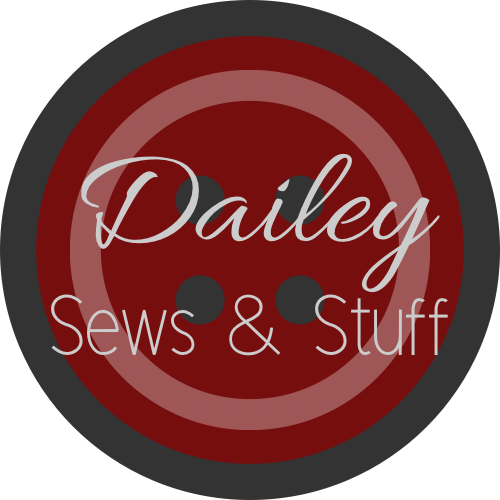A0 vs Projector Files
I see these questions a lot:
A0 vs Projector files-what’s the difference?
Can I use an A0 file for projecting?
So this week’s post/video is attempting to answer those questions!
I’ll start with the second, yes! you can use an A0 file for projecting. When projector sewing first became a thing, those are the files we used! Now that projectors are more popular, more companies are offering projector-specific files. A0 files often need a little optimizing for projecting and we can use PDF Stitcher to do that. (For that matter, some projector files need a little optimizing, too…we’ll get to that.)
A0 files are also sometimes called Copy Shop files. They are designed for a specific sized, very large sheets of paper. For example, A0 is 16 times larger than A4. A4 is roughly the size of Letter paper for my fellow Americans. The image below shows the comparisons.
By User:Bromskloss - This file was derived from:A size illustration2.svgA size illustration.png., CC BY-SA 3.0, https://commons.wikimedia.org/w/index.php?curid=1374775
Since the patterns are on such large sheets of paper, they usually have the pattern pieces as whole pieces, rather than tiled into a puzzle when you print at home. A few exceptions are very large skirts, such as the Gala Gown by Patterns4Pirates, or wide legged or very long pant pants, but most patterns will come with the full pieces. The intention with A0 files is to have a printer print them on the giant paper and then you cut the pieces out, just skipping the puzzle step of A4/Letter sized pages; It’s more like the tissue paper patterns that can be bought at a store. This is generally convenient for projecting, since we’ll have full pattern pieces, but, because designers are trying to fit everything on one set page size, sometimes pieces will be at odd angles, forcing you to rotate your fabric rather than your pattern, and that’s not convenient for projecting. There may also be several “cut on fold” pieces but they aren’t lined up in such a way that you can just fold your fabric once and cut. Several companies don’t utilize layers in their A0 files, which is also frustrating when projecting. And often printed files have fairly thin lines for conservation of ink and precision when cutting. That’s great if you’re printing, but can make for faint and difficult to see lines when projecting. Many of these issues can be solved with PDF Stitcher but not all of them.
PDF Stitcher was originally created to stitch together A4 or Letter sized patterns when A0 wasn’t available or if the A0 didn’t have layers, back when we didn’t really expect a lot of designers to have projector files. Several iterations later, PDF Stticher can do that, add margins, change lines-sizes, types, colors- and generally fix most of the issues you have with a pattern that makes it difficult to project. The one thing it can’t do is move individual pieces like when you need to rotate pieces whose grainlines might be going at an odd angle or move pieces where their fold lines line up. You can first use PDF Stitcher and then use Affinity Designer or Inkscape to solve those issues, but they are more labor intensive than a simple run through PDF Stitcher (or being setup well for projecting in the first place…).
Once projector sewing really began taking off, many pattern designers jumped on board with this new trend and began offering projector files! Some designers began using projectors themselves and understood what was needed, some asked projector users what we wanted/needed, and some just repackaged their A0 files as projector files because it was the new trend and they weren’t quite sure what to do.
Ideally, a projector file would be different from an A0. It would take into account the grainlines and fold lines, having all the pieces lined up. It would use as much space as possible to give us plenty of white space around the pattern and a more convenient arrangement of pieces. It might be less economical with space but more thoughtful with layout, maybe not having any cut on folds or minimizing them. Bold, easy to read fonts and bold/thick lines would be available with markings very clear. There would be layers and one of those will be a grid layer to check calibration. (If you’re a pattern designer, check out this video by my friend Cathleen at Sunny Mountain Patterns where she discussed the minimums needed in a projector file and tells you about her paid course to help even more!) But not all projector files include those features. Again, PDF Stitcher or PDF Stitcher combined with a vectoring program can really help to resolve those problems.
So to answer the first question, it depends. Sometimes, there’s no difference between an A0 file and a projector file. Sometimes, there’s a profound difference that makes the projector files much easier to use! But I do believe that, between PDF Stitcher, vectoring programs, or just determinedness, we can make just about any file work for projecting. The question really is, “how much work are you willing to put into making it work?” And that’s important for pattern designers to answer, too. How much work are your customers going to put into making this work vs finding another designer with better projector patterns?
Till next time, friends,
Branalyn

